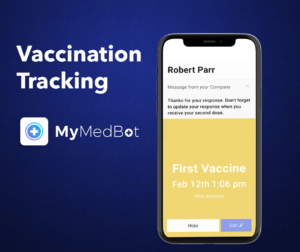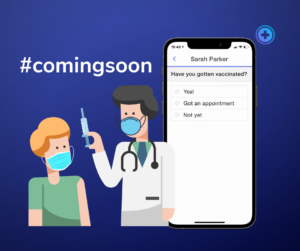Digitalization in the classroom has grown rapidly. Today it is the expectation that both teachers and students will utilize technology to aid learning. Some academic journals have gone as far as suggest that in today’s environment, learning digital skills and com petencies are essential to achieve a successful professional career. It will be difficult to find individuals who disagree with Bejinaru’s (the authors) claim. In this article, I wish to accumulate a few of these arguments that have emerged in various academic studies that cover this topic.
petencies are essential to achieve a successful professional career. It will be difficult to find individuals who disagree with Bejinaru’s (the authors) claim. In this article, I wish to accumulate a few of these arguments that have emerged in various academic studies that cover this topic.
 petencies are essential to achieve a successful professional career. It will be difficult to find individuals who disagree with Bejinaru’s (the authors) claim. In this article, I wish to accumulate a few of these arguments that have emerged in various academic studies that cover this topic.
petencies are essential to achieve a successful professional career. It will be difficult to find individuals who disagree with Bejinaru’s (the authors) claim. In this article, I wish to accumulate a few of these arguments that have emerged in various academic studies that cover this topic.The Positives
Let us start with the positives of digitalization. Digital learning has had a profound effect on improving student’s capacity to self-study. Digitalization has provided students the ability to personalize their learning experience, through creating a choice of learning software, techniques, and resources. By personalizing study techniques students have shown to play to their academic strengths, better acknowledge their shortcomings (via self-evaluation and teacher feedback), and are able to adjust learning to their own pace. By storing learning material on the world wide web, education (particularly higher) has become more inclusive to students regardless of economic background. Each student who is part of a course has access to the same online platform as everyone else, enabling access to online materials such as exams, notes, lectures, and textbooks. This in turn is playing a major role in improving digital equity. As schools can now better provide access to affordable electronic devices such as laptops/tablets, allowing individuals from less fortunate backgrounds to have access to all the same academic resources as their peers.
The Negatives
Digitalization of education does not come without its shortfalls. A report published by the Institute for Governance and Policy Studies, Victoria University of Wellington, outlined some issues that students may encounter in today’s increasingly digital environment. The study found that attention spans are shortening due to the necessity of being able to multitask. Students are often required to quickly view and change from several open windows at a time, use various interactive technologies such as whiteboards, and engage in more various activities. Learning is far more dynamic today and as a result, has shortened the attention span of most young students.
Duration spent on electronic devices is increasing, risking young students’ cognitive and social development. Students are more easily distracted, and older students exert addiction-like behavior. Cyber-bullying among adolescents is a growing concern in schools, it influences proximal measures of health and school performance and foreseeable long-term effects.

Social networks have grown with the aid of the internet. Today it is common for an individual to connect to hundreds of other users, who are all sharing their life accomplishments, milestones, and personal triumphs. Furthermore, young users can communicate with a magnitude of people across the world who share common interests in a specific hobby, or concerns over shared social issues. Despite this privilege, there are concerns that our brains are simply not wired or prepared to process such large networks! Evolutionary biology suggests that our brains are designed for smaller networks than what exists today via virtual networks. Students are more likely to share details of their private matter over excessively with a potentially global audience, creating new and complex mental health consequences.
Achieving a Balance
No doubt digitalization has its place in the classroom, and in extension is a necessity especially in our digitalization economy and workplace. However, a balance must persist to ensure that students develop healthy habits. Academic performance and cognitive development can be improved using gamification in a virtual environment. Students perform best when tasked to solve complex problems in a regulated, yet engaging environment. Students seek teacher guidance at a young age! Physical activity is also necessary, as digitalization affects leisure patterns in students (increased contribution to obesity). Non-virtual social activities and interaction must be encouraged, either inside or outside the classroom. Even simple tasks such as group work can help students develop social and collaborative working skills that are necessary in a professional environment.
Sources:
Bejinaru, Ruxandra. “Impact of digitalization on education in the knowledge economy.” Management Dynamics in the Knowledge Economy 7.3 (2019): 367-380.
Gluckman, Peter. “The digital economy and society: a preliminary commentary.” Policy Quarterly 14.1 (2018).




